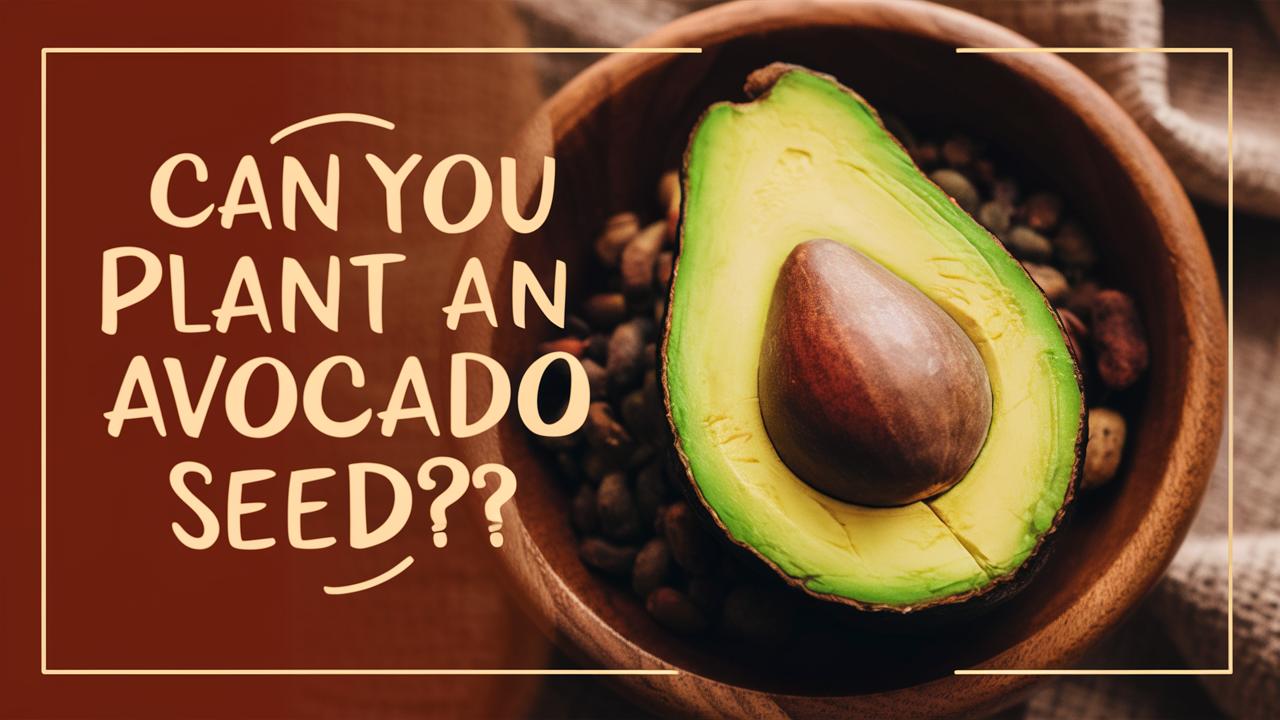With a growing trend amongst home gardeners and food enthusiasts to cultivate their own produce, many have wondered, “Can you plant an avocado seed?” The answer, as we’ll explore, is a resounding yes! This blog post will take you on an in-depth journey through the world of avocado seeds, including how to plant them, the best practices for growing them into thriving trees, and the joys of nurturing your own fruit-bearing plant.
The Germination Process: Getting Started
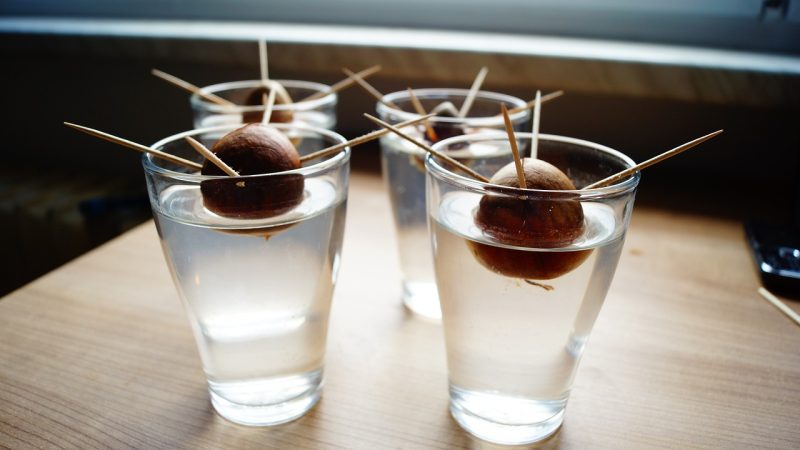
Planting an avocado seed may seem daunting, but with a bit of knowledge and patience, anyone can do it. The first step is germination, where the seed awakens and begins to sprout roots and shoots.
How to Germinate an Avocado Seed
Selecting the Right Avocado: Choose a ripe avocado to get your seed. This means the fruit should have a firm texture but yield slightly when pressure is applied. After removing the seed, rinse it gently to eliminate any residual fruit flesh.
Identifying Seed Orientation: Avocado seeds are characterized by a rounded end and a pointed end. It’s essential to know the orientation when planting. The pointed end is where the sprout will come from, while the rounded end will develop roots.
Water Method: One of the most popular ways to germinate an avocado seed is by using the water method. To do this, poke three or four toothpicks into the seed at a slight angle, making sure to insert them deep enough to hold the seed upright. Place the seed in a glass of water, ensuring that the bottom (the rounded part) is submerged but the top (the pointed part) remains dry. Place the glass in a warm area with indirect sunlight.
Soil Method: Alternatively, you can plant the seed directly into soil. Fill a small pot with well-draining potting mix, leaving a small indentation in the center. Place the seed in the soil with the rounded side down, covering it with an inch or so of soil. Water the soil lightly to ensure it’s moist but not soaked.
Patience is Key: Regardless of the method you choose, the germination process can take anywhere from two to six weeks. During this time, keep an eye on your seed. If you opted for the water method, change the water frequently to prevent mold growth.
Signs of Germination
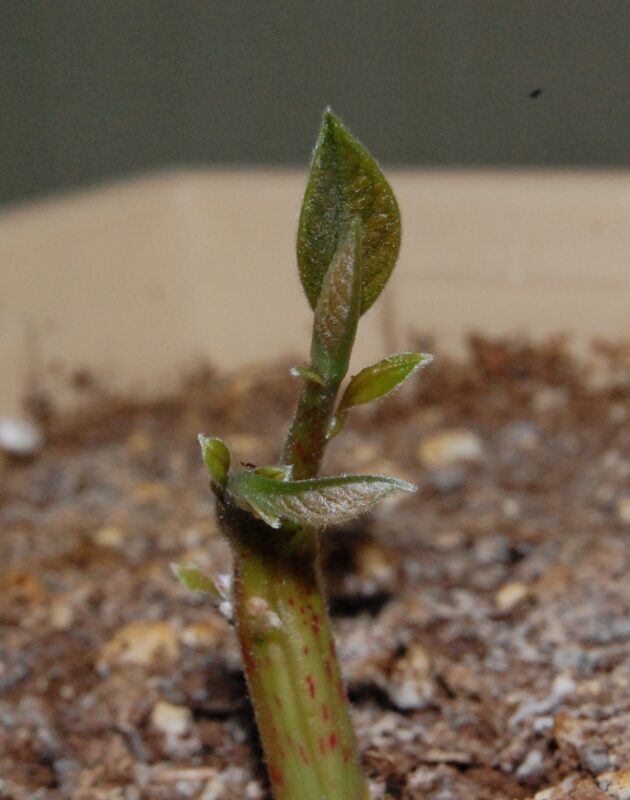
Once your avocado seed begins to germinate, you’ll notice several signs. You may first see a crack forming on the seed’s surface, and eventually, a sprout will emerge from the top. At the same time, a root will begin to grow down into the water or soil. Once the stem reaches about 6 inches in height, it’s time to switch to a pot with good drainage if you haven’t already done so.
Transplanting Your Avocado Seedling
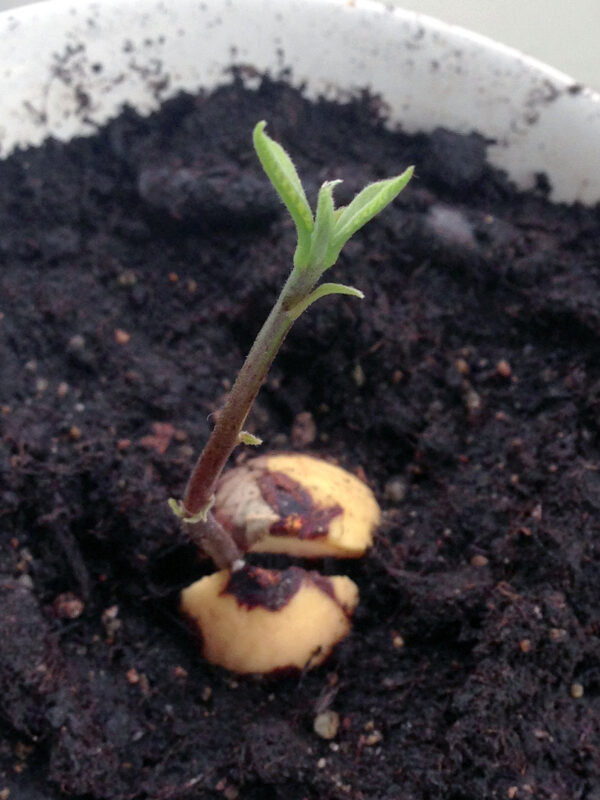
Once your avocado seed has rooted and sprouted, it’s exciting to think about growing it further into a full-fledged plant! Transplanting is the next crucial step.
Choosing the Right Container
Select a pot that has drainage holes to prevent water from stagnating at the bottom, which can lead to root rot. A pot that is about 8 to 10 inches in diameter is ideal for your young avocado plant.
Transplanting Procedure
Prepare the Potting Mix: Use a high-quality potting mix that retains moisture but still drains well. Some gardeners also mix in a bit of perlite or sand to improve aeration.
Remove the Seedling: Gently remove your sprouted avocado seedling from the glass or soil it germinated in. Handle the seedling carefully to avoid damaging the roots.
Planting Depth: Create a hole in the potting mix and place the seedling in it, covering the exposed roots and leaving the top part of the seed exposed. Ensure it’s planted upright.
Watering: After planting, water the seedling thoroughly, allowing excess water to drain out of the pot.
Caring for Your Growing Avocado Tree
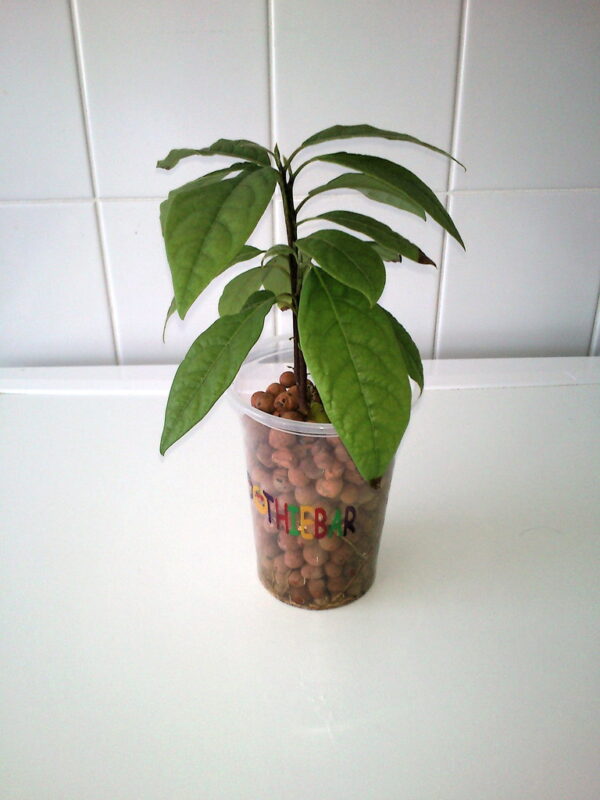
Now that you have transplanted your avocado seedling, proper care is essential for its healthy growth.
Light Requirements
Avocado trees thrive in bright, indirect sunlight. If you’re growing your avocado tree indoors, place it near a window that receives ample sunlight, but avoid direct sunlight, which can scorch the leaves.
Watering
Water your avocado tree when the top inch of soil feels dry. While the young tree needs regular watering, avoid overwatering, which can lead to root rot. Ensure the pot has good drainage to prevent standing water.
Fertilization
Once your avocado tree starts to grow, it will benefit from regular feeding. Use a balanced, slow-release fertilizer or one specifically formulated for avocado trees. During the growing season (spring and summer), fertilize every four to six weeks. In the fall and winter months, reduce feeding as the plant goes into dormancy.
Pruning
As your avocado tree grows, consider pruning to maintain a desirable shape and encourage bushier growth. You can trim back the top growth to promote side branching, which is helpful for developing a more robust structure.
The Indoor vs. Outdoor Dilemma
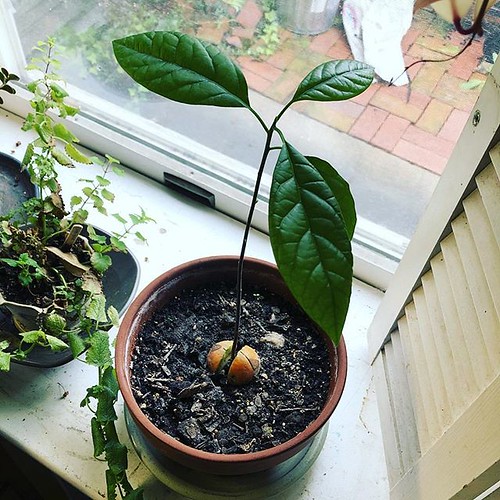
Many avocado enthusiasts wonder whether to grow their trees indoors or outdoors. Let’s break down the considerations for both.
Indoor Growing
Indoor avocado trees are perfect for those with limited outdoor space or regions with harsh winters. They can be grown successfully in pots, but they require bright light and sufficient humidity indoors. Regularly turning the pot will help achieve even growth as it will make the plant reach for light.
Outdoor Growing
If you live in USDA plant hardiness zones 9 through 11, you can enjoy planting your avocado tree outdoors. Choose a location with well-draining soil and plenty of sunlight. Outdoor trees often grow more robustly and produce fruit much sooner than their indoor counterparts. However, be cautious of colder weather during the winter months, as avocado trees are sensitive to frost.
Expecting Fruits: The Quest for Avocado Production

One of the most rewarding aspects of growing an avocado tree is the prospect of producing your own fruit. However, patience is essential!
Timeframe for Fruiting
Typically, avocado trees grown from seed will take between 5 to 13 years before they produce fruit. However, not every seed will yield a tree that bears fruit. Many cultivars are grafted for optimal fruiting consistency. Nevertheless, growing from seed can be a fulfilling experiment even if fruit isn’t guaranteed.
Supporting Fruit Development
Once your tree starts to mature, it may begin to flower, which leads to fruit development. Avocado trees are unique in their flowering behavior, having both male and female flowers. They typically require some cross-pollination to produce fruit effectively. If your tree will be the only one around, consider planting multiple varieties or getting a grafted tree to ensure fruitful production.
Troubleshooting Common Issues
As with any plant, growing avocado trees comes with its unique challenges. Here’s how to tackle some common issues:
Pests and Diseases
Keep an eye out for common pests such as spider mites, aphids, and scale insects. Maintaining good air circulation and the health of your plant can help deter these pests. Organic insecticidal soap can be effective in treating infestations if necessary.
Leaf Drop
If you notice leaves dropping from your avocado tree, this can be a sign of stress, underwatering, or overwatering. Check the soil moisture, and make adjustments accordingly to help your tree recover.
Stunted Growth
If your avocado tree seems to be growing slowly, it could be the result of inadequate light or nutrient deficiency. Ensure it’s receiving ample light and consider fertilizing to provide essential nutrients.
Conclusion: Cultivating the Avocado Dream
In conclusion, yes, you can plant an avocado seed and embark on the rewarding journey of growing your own avocado tree. While the process requires patience and dedication, the payoff of nurturing your own tree and possibly enjoying homegrown fruit is immeasurable. Each step—from germination to nurturing, and eventually flowering—allows you to engage with nature and deepen your connection with food cultivation.


